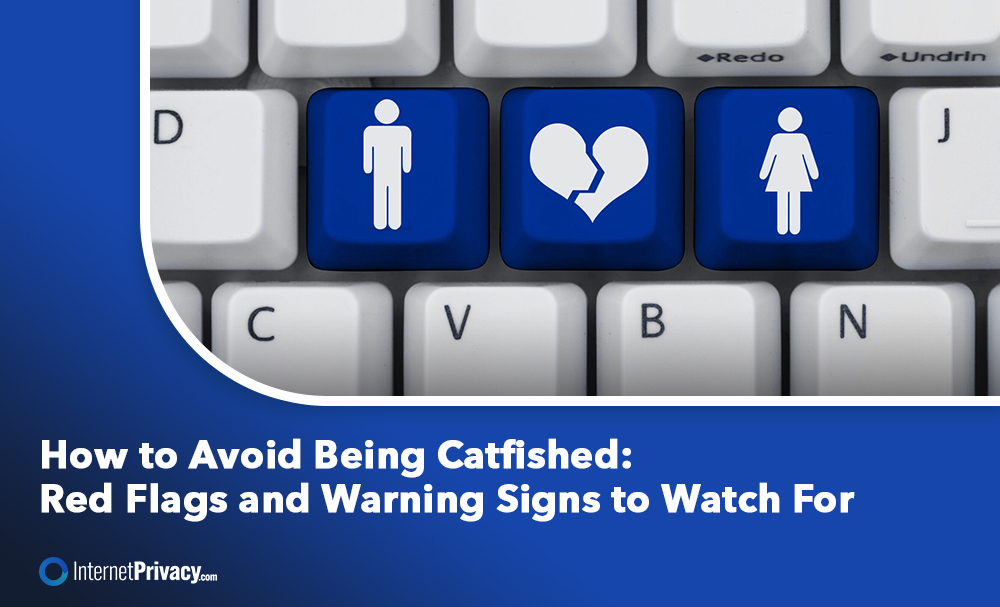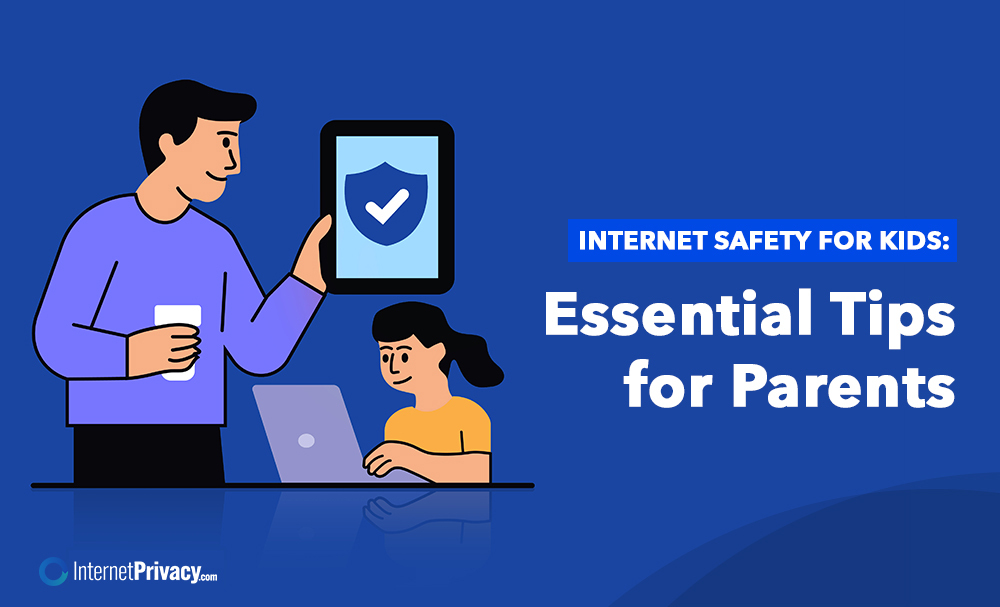How to Avoid Being Catfished: Red Flags and Warning Signs to Watch For

Establishing connections online presents both opportunities and risks. One concerning trend that has emerged is catfishing, which occurs when an individual creates a false identity to deceive others, often for emotional or financial gain.
What is Catfishing?
Catfishing refers to the deceptive practice of creating a false identity on social media or dating apps to engage in an online relationship, often with the intent to exploit individuals emotionally or financially.
This phenomenon has gained significant attention in recent years, particularly with the rise of online dating platforms like Tinder and social media networks such as Facebook and Instagram, where scammers utilize fake profiles and stolen pictures and engage in cyberbullying to manipulate unsuspecting victims.
Catfishers often employ tactics like emotional manipulation, love bombing, and social engineering to gain trust before executing various scams, leading to severe consequences, including identity theft, financial loss, and targeted harassment.
Why Do People Catfish Others?
Individuals might resort to catfishing for a multitude of reasons, often rooted in personal issues such as loneliness, mental illness, or even revenge. Some may feel inadequate or insecure, leading them to create a fake identity to gain the affection or validation they crave from others.
Others might engage in catfishing as a form of revenge or to exploit unsuspecting victims for financial gain through confidence fraud and social engineering tactics, highlighting the deep-seated psychological motivations that drive this deceptive behavior.
What Are the Red Flags of Catfishing?
Recognizing catfishing warning signs is essential for protecting against online scams, identity theft, and emotional manipulation. Key red flags include fake profiles with minimal personal details, a refusal to meet in person, and a limited social media presence. Catfishers may also avoid video chats and provide vague or inconsistent information to conceal their identity. Awareness of these indicators can help individuals protect themselves from identity theft and emotional harm.
Refusal to Meet in Person
One of the most telling red flags of catfishing is a consistent refusal to meet in person, which often indicates an unwillingness to reveal a true identity. Catfishers typically create an online relationship that feels intimate and genuine. Still, when the time comes to transition from the online space to reality, they will make excuses to avoid face-to-face interaction. This pattern is commonly observed in online dating apps like MTV’s Catfish, where individuals may engage deeply but resist any attempts to establish a real-world connection.
This behavior signals a lack of authenticity, revealing the manipulative tactics employed to maintain the facade. For instance, a catfisher may state they’re dealing with work commitments, a family emergency, or even technical issues with their WhatsApp, cleverly manipulating emotions to evoke sympathy.
- They may claim to travel abroad, insisting that geographic distance prevents a meet-up.
- In some cases, they might fabricate personal crises that require extensive attention, effectively stalling any plans that could unmask their deceptions.
Catfishers often utilize psychological tactics, like emphasizing their vulnerability or creating a connection through shared experiences, which can further entrap the other person. By weaving compelling narratives, they exploit emotional bonds while sidestepping crucial encounters that reveal their true selves. Recognizing these signs, such as a lack of meaningful video call interactions, can give individuals the power to protect themselves from emotional manipulation.
Inconsistent or Vague Personal Information
Inconsistent or vague personal information is another warning sign of catfishing that can easily raise suspicion during an online relationship. Catfishers often create elaborate backstories that may change over time or lack specific details, making it difficult for victims to verify their identities. This emotional manipulation tactic is designed to foster trust while masking the truth, ultimately leading to the potential for identity theft, financial scams, or even confidence fraud.
For instance, a catfisher might claim to be a military officer stationed overseas yet provide minimal details about their service or deployment location. They may describe a deep emotional connection quickly but shy away from sharing specific information about their family or hometown.
- Victims are often faced with varying details about the individual’s work schedule, frequently changing from day shifts to night shifts without reasonable explanation.
- Such narratives may include vague accounts of personal interests, where the catfisher expresses enthusiasm but fails to mention particular activities or experiences.
To avoid falling victim to the catfishing trap, individuals must verify personal details through reliable sources, such as social media profiles or cross-checking with mutual acquaintances.
Requests for Money or Personal Information
A prominent red flag of catfishing is any request for money or personal information, which often serves as a precursor to financial scams. Catfishers may craft elaborate stories to justify their need for funds, claiming emergencies or unforeseen circumstances. They usually target emotionally vulnerable individuals who may be more inclined to help. Recognizing this warning sign is vital in preventing identity theft and protecting personal assets.
Typically, these deceitful individuals might pose as soldiers stationed overseas or as foreign business people in desperate situations, using emotional manipulation to gain sympathy. They might showcase fake photos or profiles, sometimes even utilizing techniques like reverse image search to establish credibility, making their requests seem more legitimate. For instance, a common tactic includes establishing a romantic relationship online, followed by sudden “emergencies” that require immediate financial assistance. Victims often find themselves sending money for supposed medical expenses or travel fees.
- One notable case involved a woman who sent thousands to someone she believed was a U.S. Army officer in combat, as detailed in a catfish documentary.
- Another victim, convinced of a fraudulent business opportunity, lost substantial savings to a scam.
The consequences can be devastating, ranging from financial losses to damaged emotional health, leaving individuals isolated and regretting their trust in these deceptive personas.
Refusal to Video Chat or Make Phone Calls
Another critical red flag in identifying catfishing is the consistent refusal to engage in video chats or make phone calls, as this typically suggests that the individual is hiding something. Catfishers often avoid real-time communication methods to maintain their charade, preferring text-based interactions on platforms like WhatsApp or Facebook that allow for greater control over the narrative. This behavior can be a significant warning sign in online relationships, particularly on dating apps where genuine connections often include face-to-face communication.
The implications of such avoidance extend beyond mere skepticism; it can fundamentally undermine the potential for a trusting relationship. Red flags should undoubtedly be raised when the prospect of a conversation is met with excuses—such as technical issues or lack of confidence.
Common justifications offered by catfishers include:
- Claiming to be shy or introverted.
- Asserting that they are going through personal issues.
- Insisting on maintaining privacy until trust is established.
While seemingly benign, these rationalizations often mask deeper motives and lead to prolonged deception. Utilizing tools like Google can help verify information and avoid catfishing.
A reluctance to connect via voice or video can deter sincere individuals from seeking meaningful connections, ultimately creating barriers to authentic relationships.
Lack of Social Media Presence
A conspicuous lack of social media presence is a warning sign of catfishing, as legitimate individuals typically have a digital footprint reflecting their lives and interests. Catfishers often operate without a substantial online presence to avoid detection, which can raise red flags for those seeking authentic connections in dating apps or social media. When someone has few friends or a limited history online, it is crucial to approach the situation cautiously, employing cybersecurity tips and ensuring privacy settings are correctly configured.
Evaluating the profile further can provide insights into its authenticity. Catfishers may create accounts with minimal information or have a small online presence, such as vague photos or generic bios, which can arouse suspicion. Therefore, it’s important to:
- Cross-reference identities on multiple platforms to confirm their existence.
- Check for consistency in posts, interactions, and friend connections.
- Be wary of profiles that lack engagement or seem overly polished.
By actively verifying someone’s online persona and scrutinizing inconsistencies, individuals can protect themselves from potential deception, such as romance scams, and foster healthier interactions.
How Can You Protect Yourself from Being Catfished?
1. Protect Yourself with Proactive Strategies
To avoid catfishing, trust your intuition if anything feels off about someone you’ve met online. Tools like reverse image search and requesting video calls can help confirm someone’s authenticity. Block and report suspicious accounts to improve digital safety.
2. Do Your Own Research
Conduct thorough research on new connections from dating apps or social media platforms. Verify their presence across social media and search engine checks, and consider background checks to uncover any red flags.
3. Trust Your Gut Instincts
Intuition is a protective tool in online relationships. Emotional manipulation or rapid requests for money can indicate catfishing, so trust your instincts and investigate further. If someone avoids sharing details or changes stories, take this as a warning.
4. Ask for Proof of Identity
Requesting proof of identity, such as recent photos or engaging in a video call, is essential to confirm someone’s legitimacy. Avoid sending intimate photos; consider it a potential red flag if someone resists verification requests.
5. Meet in a Public Place
When moving from online to real-life interactions, meeting in public places adds a layer of safety. Opt for locations like busy cafes or parks and inform someone of your plans. Be observant of their willingness to meet, as genuine individuals will be open to it.
6. Be Wary of Quick Declarations of Love
Quick expressions of love or intense affection can be tactics to build trust quickly, a common strategy in catfishing. An approach such declarations cautiously, set clear boundaries, and seek perspective from friends and family to avoid falling into emotionally manipulative traps.
What to Do if You Realize You Are Being Catfished?
1. Cut Off Contact
Ending communication with a suspected catfisher is essential for regaining emotional stability and protecting yourself from further manipulation. This can feel overwhelming, but it’s a necessary step in prioritizing mental health and moving toward healthier relationships. Seek support from friends or engage in creative outlets to cope with any arising emotions.
2. Report the Catfisher to the App or Website
Reporting the catfisher on platforms like Facebook, Instagram, or LinkedIn helps protect others and holds the perpetrator accountable. Most apps have a reporting system that requires documented evidence. After reporting, monitor for updates and, if necessary, escalate to organizations like the FBI or Better Business Bureau.
3. Seek Support from Friends, Family, or Online Communities
Seeking support from friends, family, or online communities dedicated to scam victims can be crucial for healing. Conversations with loved ones can provide comfort, validation, and guidance, helping you process emotions and rebuild confidence after a catfishing experience.
4. Consider Reporting to Authorities
Reporting the catfisher to authorities, especially in financial loss or identity theft cases, can add a layer of protection. Keep detailed records of all interactions and report promptly to aid law enforcement. This step can prevent further harm and hold the scammer accountable.
Take Steps to Protect Your Personal Information
Protecting your personal information after a catfishing incident is essential to prevent identity theft and future scams. Key steps include changing passwords for all online accounts, refining privacy settings, and ensuring personal details aren’t publicly accessible. Adding multifactor authentication provides an additional layer of security by requiring extra verification for account access. Monitoring bank statements and credit reports for unfamiliar activity helps catch potential issues early. Staying informed about common scams through sources like Google and news outlets further strengthens digital safety. Key actions:
- Change passwords regularly.
- Use strong passwords with numbers and special characters.
- Be cautious about sharing personal information online.
- Block and report the catfisher on all social media accounts.





